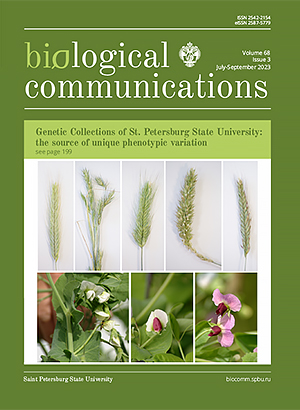Agreement of bioimpedance analysis and ultrasound scanning for fat mass, fat free mass and body fat percentage evaluation in the group of adult women
DOI:
https://doi.org/10.21638/spbu03.2023.305Abstract
The study aims to perform an agreement analysis of bioimpedance (BIA) results obtained using АВС-02 “Medas” (Russia) and ultrasound scanning (US) using BodyMetrixTM (USA) for fat mass, fat free mass and body fat percentage in the group of females from Moscow. The study was performed with 180 female subjects 18-67 years of age. The agreement analysis conducted in the whole sample revealed a low level of agreement in estimating body fat percentage (CCC = 0.70 0.76 0.81) and fat free mass (CCC = 0.86 0.89 0.91), but agreement can be described as medium in estimating fat mass (CCC = 0.90 0.92 0.94). Then we adjusted the prediction equations and the agreement analysis was conducted again. Adjusted prediction equations improved the level of agreement to medium when estimating body fat percentage and fat free mass. Thus, the proposed equations can be used for the translation of body composition results obtained by US into the BIA data.
Keywords:
body composition, body fat mass, free fat mass, BodyMetrix, АВС-02 Medas, agreement analysis
Downloads
References
Downloads
Published
How to Cite
License
Articles of Biological Communications are open access distributed under the terms of the License Agreement with Saint Petersburg State University, which permits to the authors unrestricted distribution and self-archiving free of charge.





